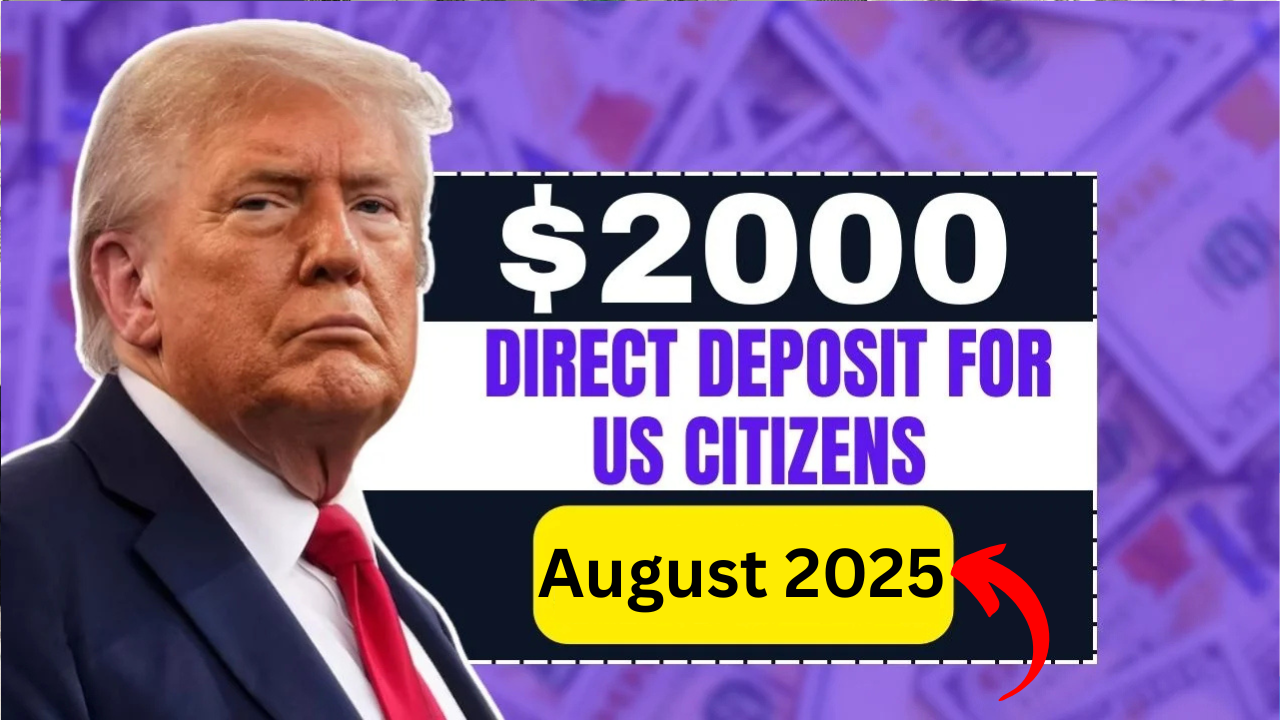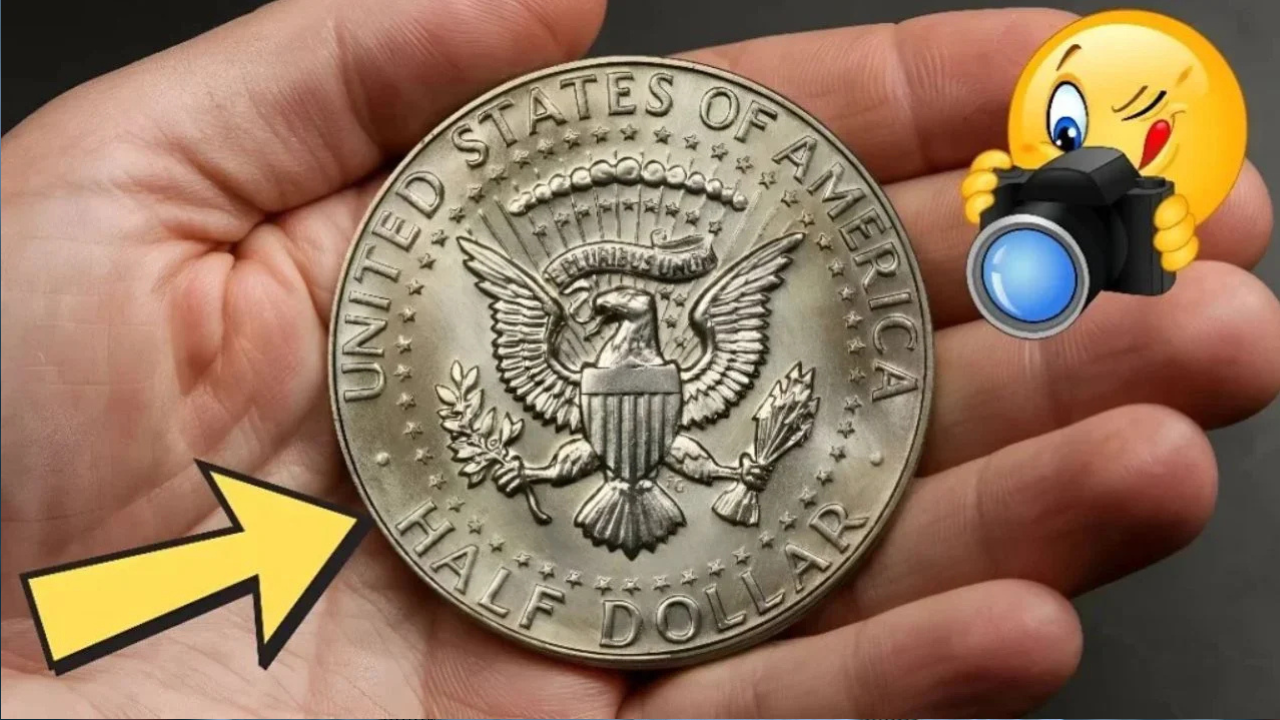$2,000 Direct Deposit For US Citizens:For millions of Americans, financial struggles have been at the center of daily life—rising grocery costs, high rent, and ever-increasing medical expenses have left many households feeling stretched. In response, the government has announced a new $2,000 direct deposit to provide much-needed relief for U.S. citizens.
If you’re wondering whether you qualify, when you’ll receive the payment, or how it works, here’s a complete guide to help you understand everything in a simple and clear way.
Why a $2,000 Direct Deposit Now?
The purpose of this payment is straightforward: to support low and middle-income Americans who have been hit hardest by inflation and rising living costs. While the economy has shown signs of recovery, wages have not kept pace with expenses, leaving many struggling to cover basics like food, housing, and healthcare.
This $2,000 direct deposit is intended to bridge that gap, giving families and individuals immediate relief. Unlike other forms of aid, direct deposits are the fastest and most secure way to distribute money directly into people’s accounts.
Who Is Eligible for the $2,000 Direct Deposit?
The eligibility criteria are designed to ensure that the payment reaches those who need it the most. Below is a quick breakdown:
| Category | Requirement |
|---|---|
| Income Limits | Individuals earning up to $75,000 annually, couples filing jointly up to $150,000. Partial amounts for higher earners. |
| Dependents | Families with children under 17 may receive additional benefits. |
| Social Security Recipients | Eligible (SSI, SSDI, retirement benefits). Payments will be sent automatically. |
| Veterans | VA beneficiaries qualify automatically. |
| Tax Filers | Must have filed 2023 or 2024 taxes OR be registered in the IRS non-filers portal. |
| Residency | Must be a U.S. citizen or legal resident with a valid Social Security Number. |
This ensures that the money is directed toward working families, seniors, and veterans who are facing the toughest financial challenges.
Payment Dates: When Will You Receive the $2,000?
The rollout will take place in stages to avoid delays, starting with direct deposits, followed by paper checks and prepaid debit cards. Here’s the expected schedule:
| Payment Type | Expected Date |
|---|---|
| Direct Deposit (IRS) | From August 15, 2025 |
| Paper Checks | From August 22, 2025 |
| Debit Cards (EIP Cards) | By August 29, 2025 |
If you opted for direct deposit with the IRS when filing taxes, you’ll be among the first to receive your payment. Paper checks and debit cards may take a little longer, depending on postal service delivery.
How to Check Your Payment Status
The IRS will update its “Get My Payment” tool online to allow Americans to track their direct deposit. You’ll need your Social Security Number and personal details to access the status of your payment.
For Social Security and VA beneficiaries, there’s no need to apply—payments will be deposited directly into the accounts where benefits are normally received.
What To Do If You Don’t Get Paid
If you qualify but don’t receive the deposit by the end of the payment window, you may need to claim it later through the Recovery Rebate Credit on your 2025 tax return. This ensures that no eligible citizen misses out on the payment.
Why This Matters for Families
For some, $2,000 might mean catching up on rent or mortgage payments. For others, it could cover childcare, groceries, or medical bills. While it may not solve every financial challenge, it provides immediate breathing room.
Experts caution, however, that while this check helps in the short term, the broader fight against inflation and high living costs will require longer-term policies.
Frequently Asked Questions (FAQs)
1. Will every U.S. citizen get the $2,000 payment?
No. The payment is targeted at low and middle-income households. Higher-income individuals will either receive reduced payments or none at all.
2. Do dependents qualify for extra money?
Yes. Families with children under 17 may receive an additional amount per child, as outlined by the IRS.
3. Do I need to apply if I already receive Social Security or VA benefits?
No. Payments will automatically be sent to the account where you normally receive your benefits.
4. What if I didn’t file taxes last year?
You may still qualify by using the IRS non-filers portal or by filing your 2024 tax return.
5. Will the $2,000 deposit affect SNAP, SSI, or Medicaid eligibility?
No. This payment is considered a tax rebate and will not reduce eligibility for federal assistance programs.
Final Thoughts
The $2,000 direct deposit for U.S. citizens is more than just financial aid—it’s a lifeline for millions navigating today’s high-cost environment. While it may not solve long-term challenges, it delivers hope and relief when people need it most.
As August approaches, check your eligibility, track your payment, and prepare for the support that could help ease your financial burden.






